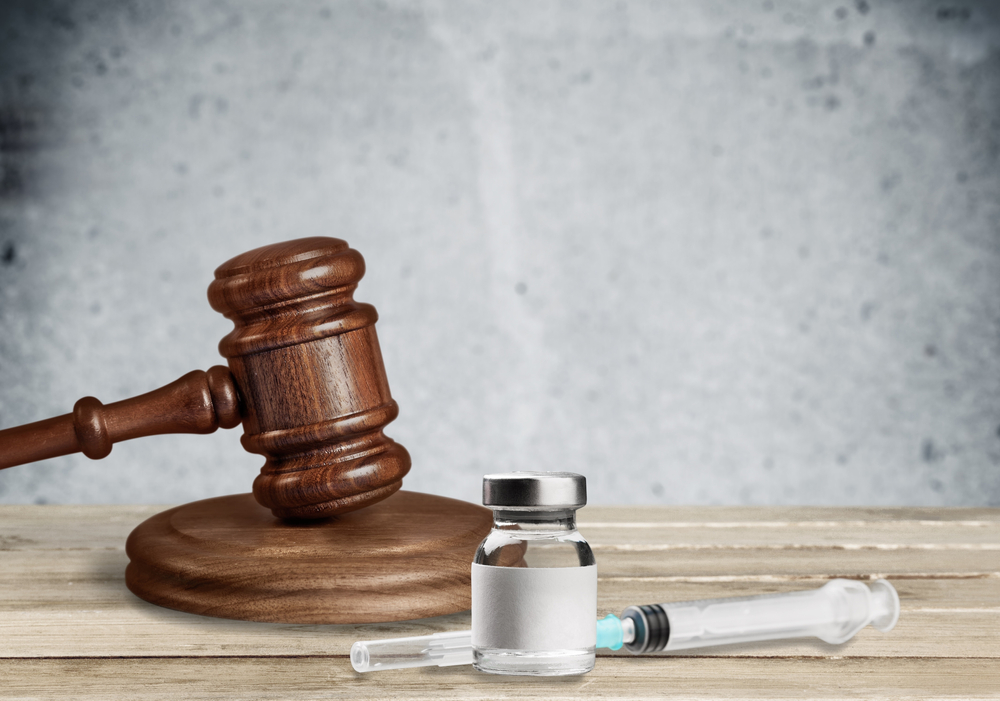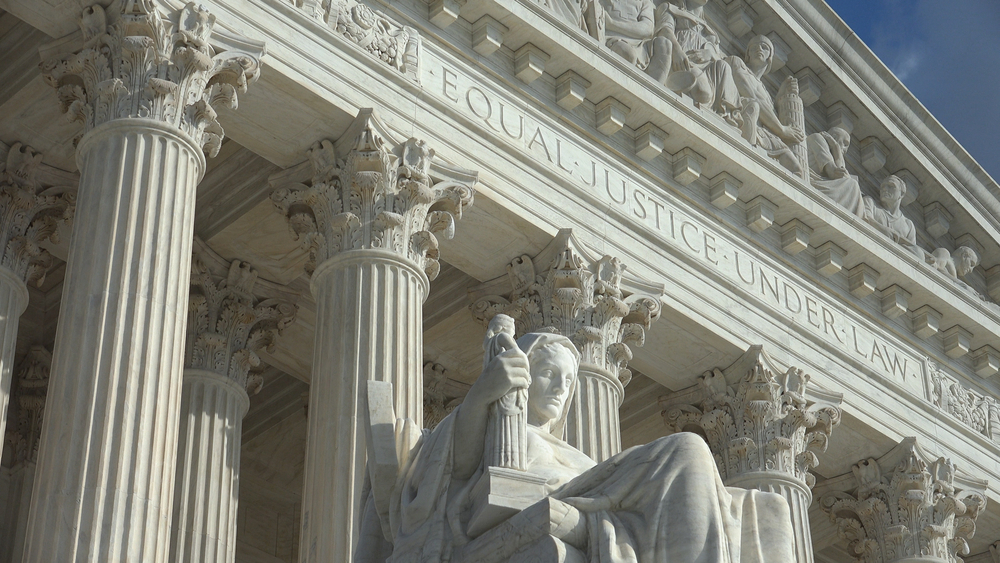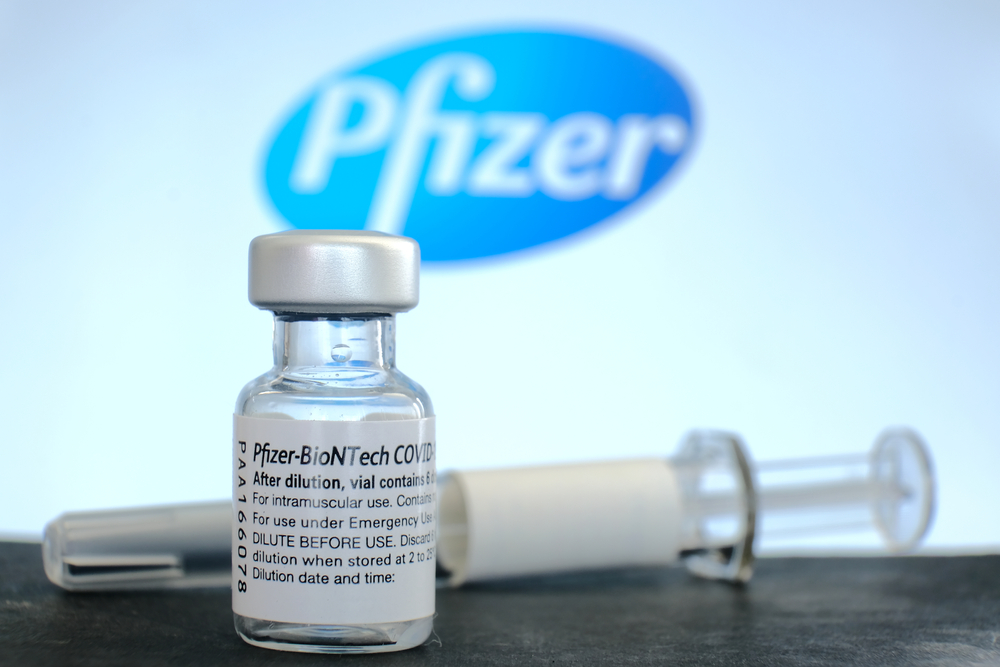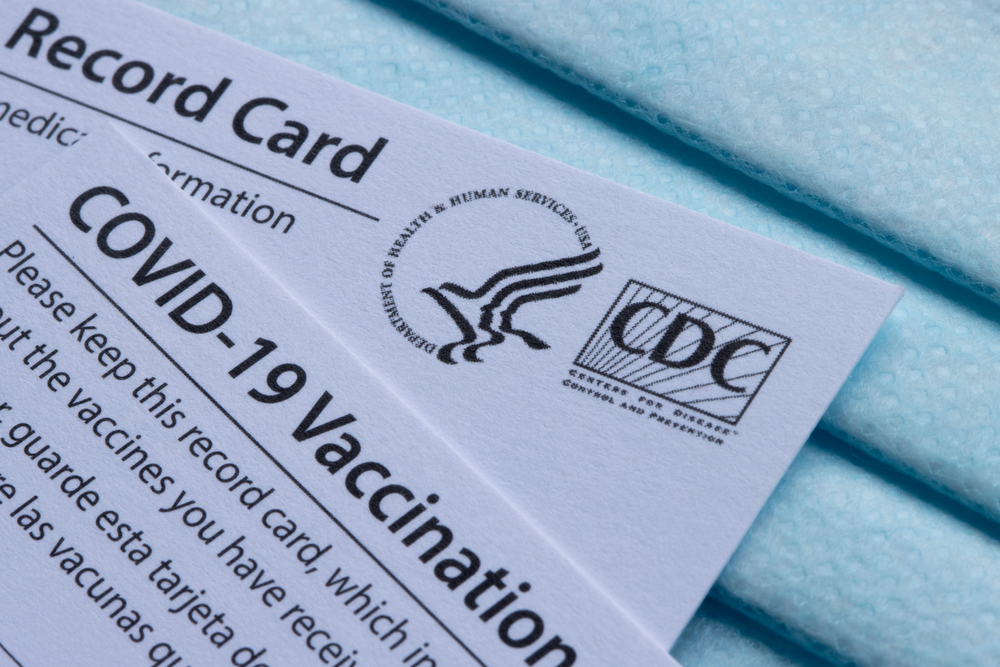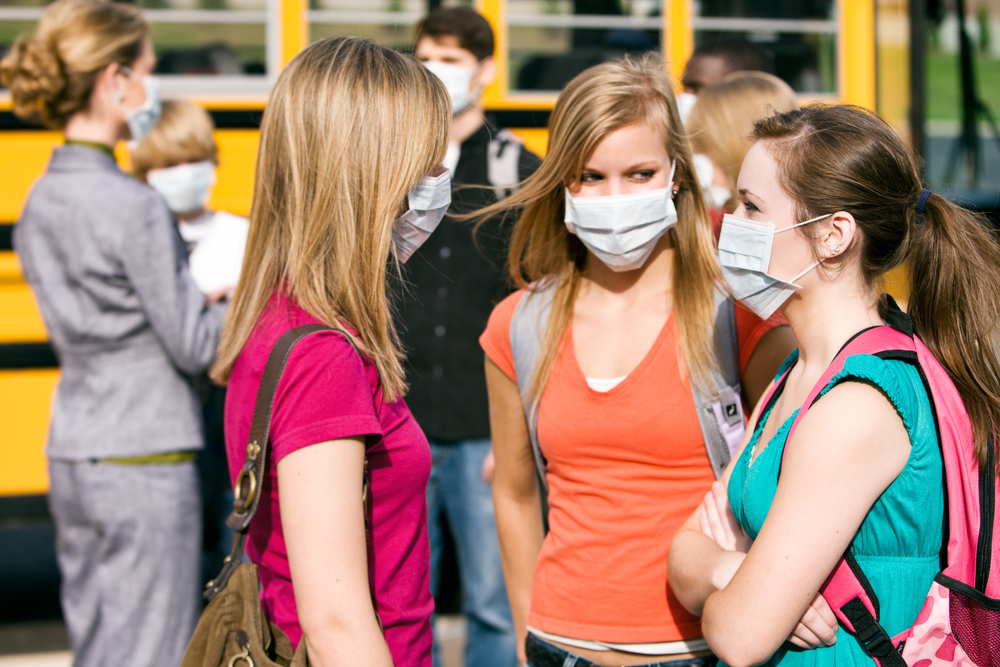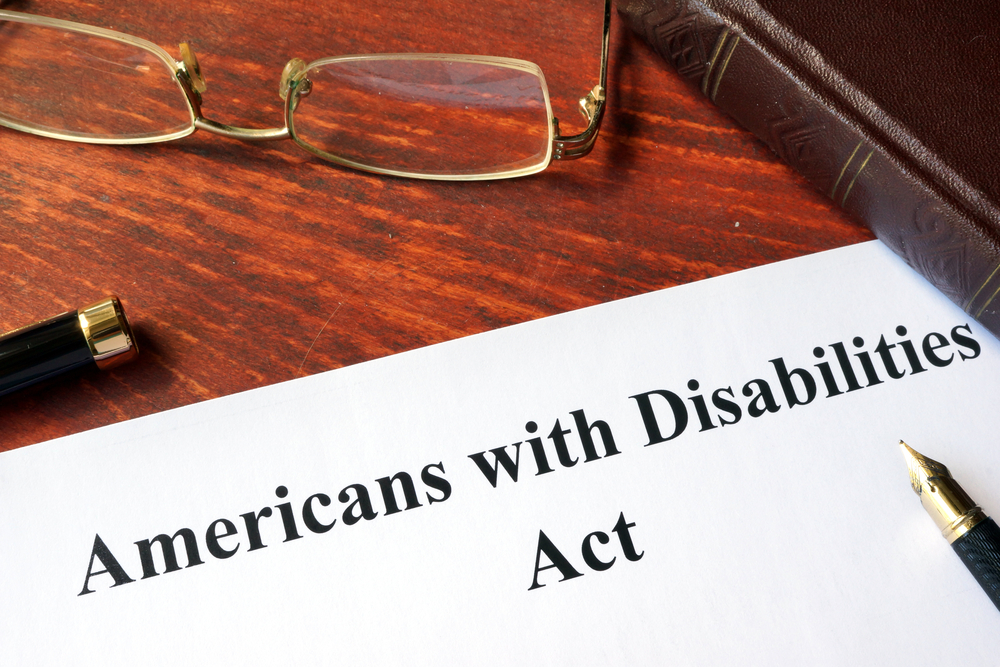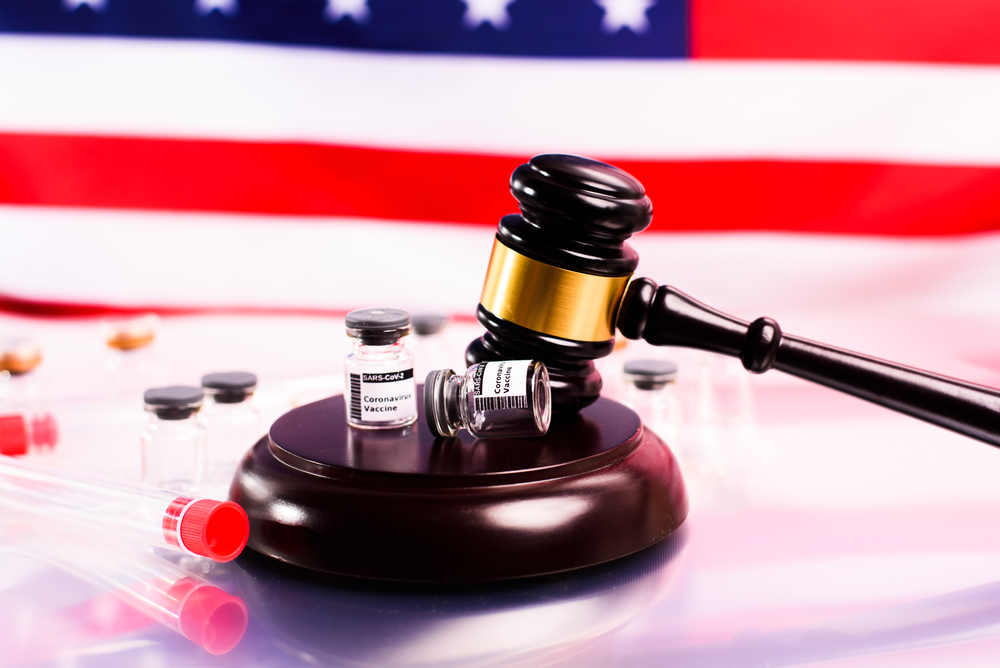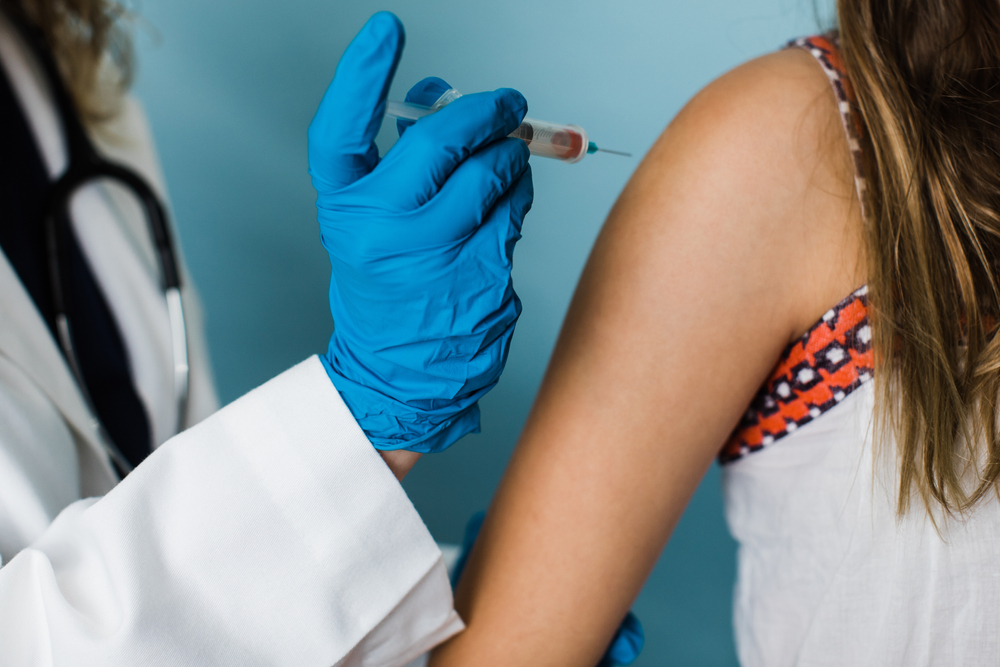Coronavirus spreading swiftly through U.S. prisons
COVID-19 infection and mortality rates in prisons are much higher than in the general population, according to a national study, as crowded environments act like a petri dish for exponential growth of the coronavirus.
“Because prisons have more people incarcerated than they were designed to hold, incarcerated people are crammed into dorms and warehoused in rooms with bunks sometimes three beds high and only inches apart,” according to the Equal Justice Initiative.
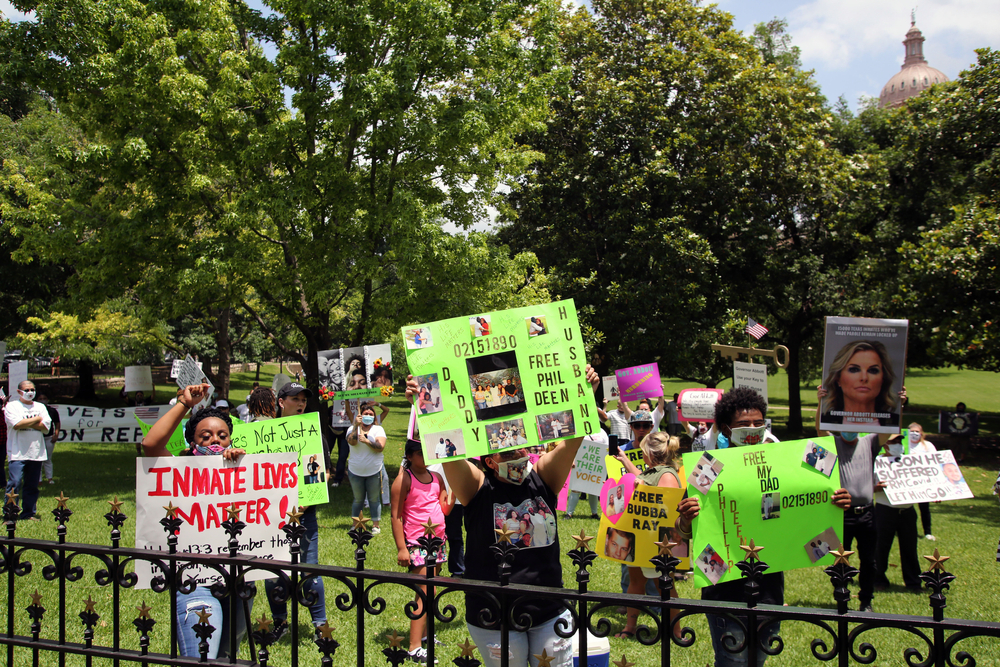
As a result, courtrooms are filling with lawsuits filed by both inmates and guards affected by or fearful of COVID-19.
Prison populations are particularly vulnerable, partly because of demographics and partly by the nature of close quarters and limited space. The number of inmates over 55 years old more than tripled from 2000 through 2016 to reach about 12 percent of the total inmate population. About 59 percent of those older inmates are Black or Hispanic.
“The future of the COVID-19 pandemic depends heavily on the willingness of government leaders at the national, state, and local levels to control transmission through a series of interventions, and the willingness of people to adhere to recommended prevention measures,” according to the National Commission on COVID-19 and Criminal Justice established by the Council on Criminal Justice.
RELATED: Drones pose rising threat to prisons
RELATED: Coronavirus leads to outbreak in voting litigation
As the number of prison-based coronavirus cases escalated in March, states began reducing their prison populations in an attempt to control spread of the disease. By June, pre-conviction jail populations were cut by 25 percent and post-conviction prison populations dropped eight percent nationwide, according to Science magazine.
But those efforts did not stop or even reduce the rapid increase of the coronavirus among U.S. prisons and jails that became a vector for spread of the disease outside prison populations. For example, an Illinois study reported in Health Affairs found that nearly 16 percent of statewide coronavirus infections documented through April 2020 could be traced to the Cook County Jail alone.
Today, there are nearly 5,000 county and local jails and about 2,200 state and federal prisons with a combined population of some 2.3 million people. According to The Appeal, more than 600,000 people or about 75 percent of people not yet convicted of a crime are held in local jails.
Nationwide, prisons report nearly 140,000 prisoners have COVID-19 and 1,170 of them have died, according to The Marshall Project, a non-profit journalism organization that tracks and reports coronavirus data from federal and state prisons.
When correctional officers and prison staff are included, the number of prison-related coronavirus cases grows to more than 200,000 infected and at least 1,265 deaths, according to The New York Times.
In September, at just one Oklahoma prison, the Eddie Warrior Correctional Center, more than 90 percent of its inmates tested positive for the coronavirus. To date, Texas, Florida, the federal prison system and California have the most reported cases.
Prison COVID-19 infections and deaths leading to lawsuits
Daniel Ruiz, 61, was one of 26 prisoners and staff who died at San Quentin after prisoners from Chino were transferred there. In early September, his family sued the California prison system, alleging he had been “wrongfully and unconstitutionally killed.”
According to his attorney, Michael Haddad, Ruiz began a prison sentence in January for a nonviolent drug crime and died seven months later. He had qualified for early release in April, but was still incarcerated when he died.
“The tragedy of this is that this could have been avoided if people like Mr. Ruiz were simply treated like human beings,” Haddad said. “Like caring whether or not they catch COVID. A lot of prison bureaucrats think these people are expendable.”
According to the lawsuit, which describes the state’s actions as “cruel,” San Quentin failed to test the transferred Chino inmates and then failed to notify Ruiz’s family that he was ill. The lawsuit charges the California Department of Corrections and Rehabilitation with “malfeasance, deliberate indifference, gross negligence …. (and) failing to protect” Ruiz and other prisoners and staff at San Quentin.
According to the Corrections department, as of early October, nearly 15,000 prisoners and nearly 4,000 prison employees in the state have contracted COVID-19, including nearly half the inmate population at Folsom State Prison.
In September, a prisoner at California’s Institution for Men at Chino died from the coronavirus. That prisoner was the 23rd inmate at the prison to die after contracting COVID-19 and one of nearly 70 people in the California prison system to die.
As of early October, Texas had nearly 23,000 cases and 161 deaths among its prison population, while Florida reported more than 16,000 cases and 134 deaths among prisoners due to COVID-19. Federal prisons reported another 15,595 cases and 133 deaths.
A federal judge has found that the Texas prison system acted with “deliberate indifference” toward inmates’ medical needs, violating their Constitutional rights. The court ordered that inmates be provided with more protective measures, including hand sanitizers, masks and regular disinfection of common areas.
Other legal actions involving prison COVID-19 outbreaks
Sixty-seven inmates at a Delaware prison have filed a $400 million class action Eighth Amendment lawsuit citing “cruel and unusual punishment” against the state, the governor and the Department of Corrections for failing to provide enough personal protection equipment.
A lawsuit alleging jail failures to protect inmates from both physical and mental consequences from potential exposure to the coronavirus resulted in Contra Costa County in California pledging to spend $250 million to increase staffing and improve healthcare for about 800 inmates, according to the San Francisco Chronicle.
This and other legal actions related to prison handling of exposure to the coronavirus touch many aspects of the issue, ranging from free speech to mental health.
The Human Rights Defense Center is suing Johnson County, KS, and the county’s sheriff for withholding mail relating to the coronavirus from its inmates.
The lawsuit alleges censorship and violating free speech rights, pointing to the Johnson County New Century Adult Detention Center’s refusal to deliver nearly 60 pieces of mail from the nonprofit. The mail informed inmates of their legal and civil rights, particularly relating to the coronavirus.
“In recent months, these materials have also provided incarcerated persons critical, time-sensitive information related to the global COVID-19 pandemic, including, among other things, how it is affecting jail populations, the symptoms of the disease, and steps incarcerated persons can take to avoid contracting and spreading the virus,” the suit states.
The American Civil Liberties Union’s intervention on behalf of a 67-year-old Virginia inmate failed to prevent his death just days later. He had been serving a 5½ -year term for identity theft and probation violation on an earlier drug charge, according to a Washington Post article.
Askia Asmar, who had lung and liver cancer, diabetes and hepatitis C and finally the coronavirus, resided in a unit that experienced a COVID-19 outbreak in August. Statewide in Virginia, more than 3,600 inmates have contracted the virus and more than 30 have died.
The inmate had failed to get a response from the prison or the state to his request to protect him from getting the coronavirus. The ACLU charged that the Virginia Department of Corrections violated a lawsuit settlement with inmates to provide basic safeguards against the virus including an early-release program.
The dangers of COVID-19 infections in prison has even taken a political turn. Former Congressman Christopher Collins asked the Federal District Court in New York to delay his 26-month sentence for securities fraud and lying to law enforcement officials. The reason — that the coronavirus “continues to rage in Florida,” putting him at risk of contracting a “serious or life-threatening” infection.
Alternatively, Collins lawyers asked that his sentence be changed to supervised release with home confinement. His requests were denied and he reported to federal prison in Pensacola, FL, on Tuesday.
Prison guards and employees are equally exposed to the coronavirus.
The Marshall Project reports more than 30,000 cases and 83 deaths nationwide among prison staff.
Being incarcerated or working in prisons should not be a death sentence, says the Association of American Medical Colleges.
“Group living where many people share airspace in a facility with poor ventilation is risky. There are ways to change that risk, but the U.S., by and large, has not done a great job of taking advantage of those opportunities,” Dr. Stefano Bertozzi, professor of public health at the University of California, told the AAMC.
What are prisons doing to protect inmates and staff?
“Prisons and jails are amplifiers of infectious diseases such as the coronavirus, because social distancing is impossible inside and movement in and out of facilities is common,” according to the Prison Policy Initiative.
The PPI recommends several “common sense” steps to alleviate the rise of COVID-19 in jails and prisons, including: reducing the number of incarcerated people; increasing early release of inmates; eliminate unnecessary face-to-face contact of justice-involved people; and prioritize “human life and dignity” in prison-based healthcare.
A Harvard University study published in the Journal of the American Medical Association found that by reducing jail populations, Massachusetts was able to reduce COVID-19 cases in jails by nearly 20 percent.
The CCJ commission, headed by former Attorneys General Alberto Gonzales and Loretta Lynch, concludes the criminal justice system must “go above and beyond normal measures” to contain the disease. Among its recommended CDC-based guidelines are frequently testing and perform temperature checks on inmates to identify the presence of the coronavirus, whether symptomatic or asymptomatic; quarantining of both inmates in COVID-10 cohorts and staff at home if exposed to or harboring the virus; and “universal masking requirements” for both staff and inmates.
In particular, the commission urged prisons to “limit contact, maximize distance, and reduce density”, acknowledging that this may require “limiting custodial arrests, reducing admissions to jails and prisons and increasing releases from such facilities.”
Another study conducted by the National Academies of Sciences, Engineering and Medicine is examining best practices to mitigate the spread of COVID-19 in correctional facilities and is expected to report its findings by November.











